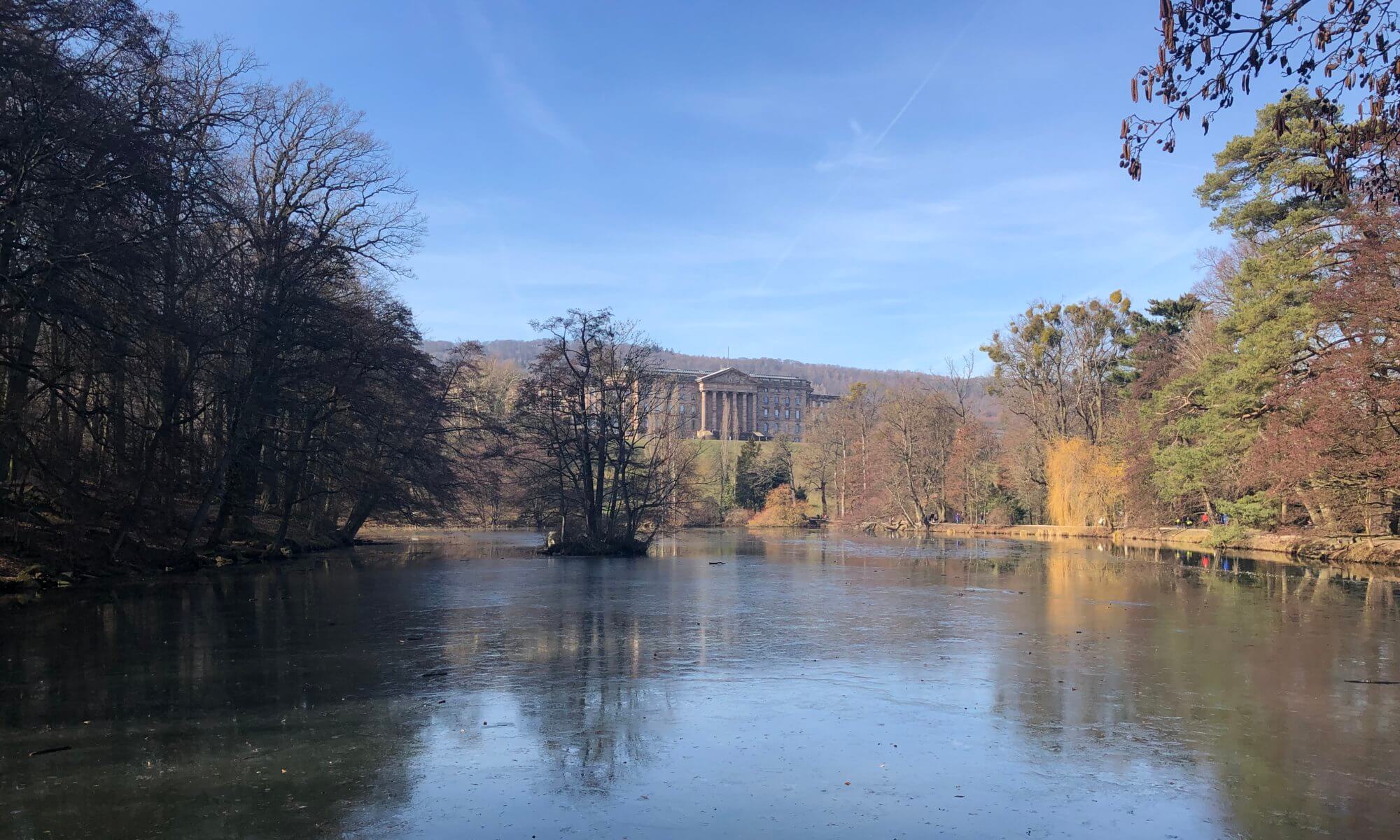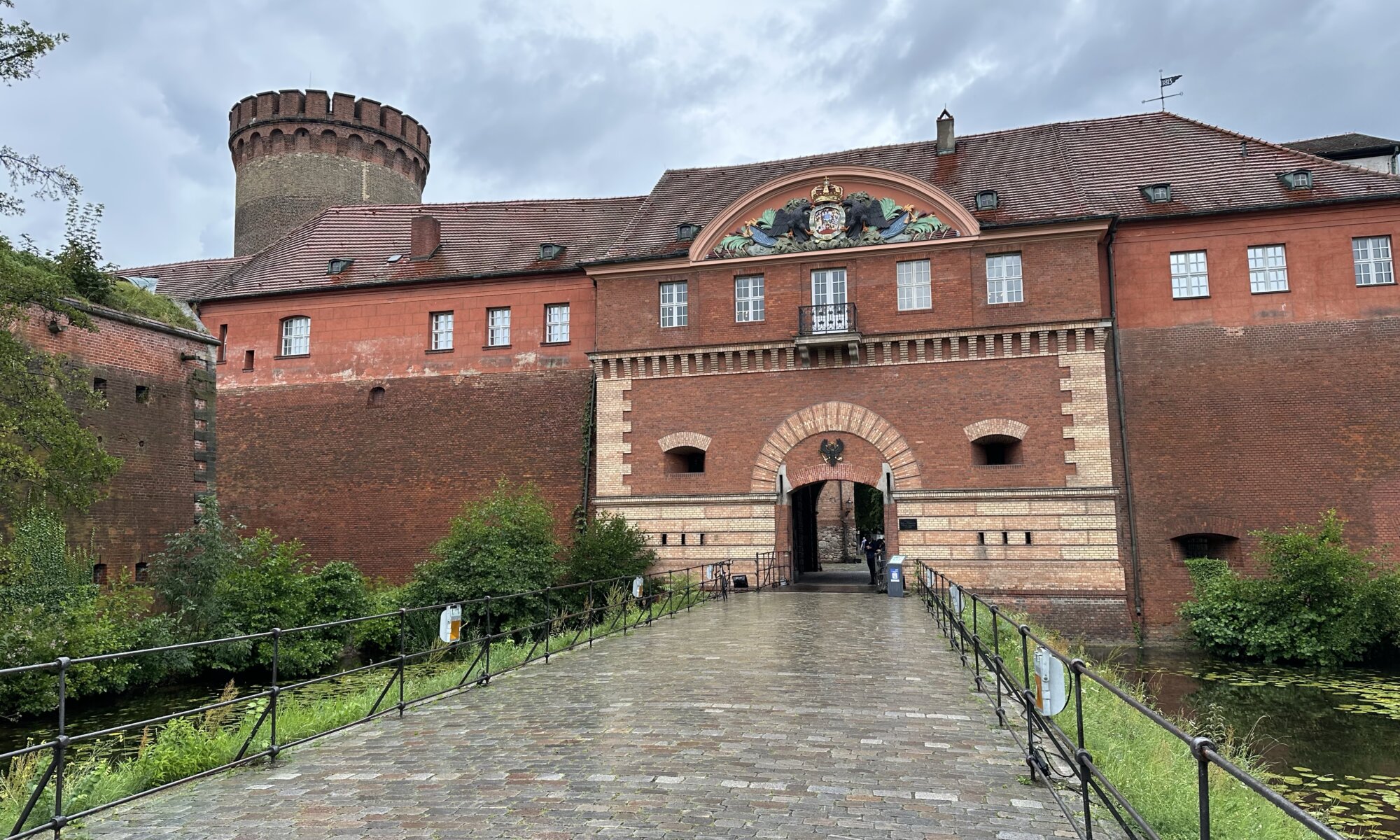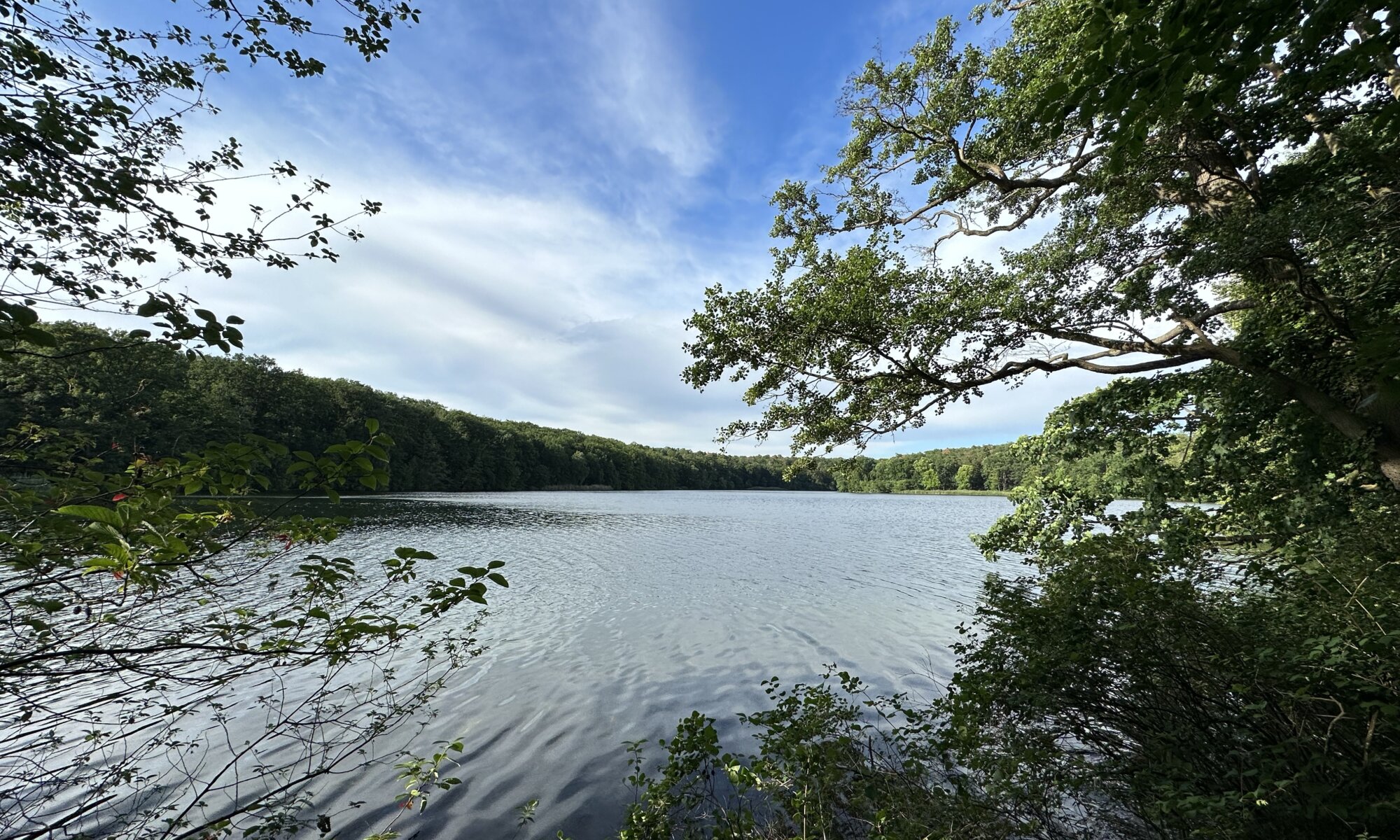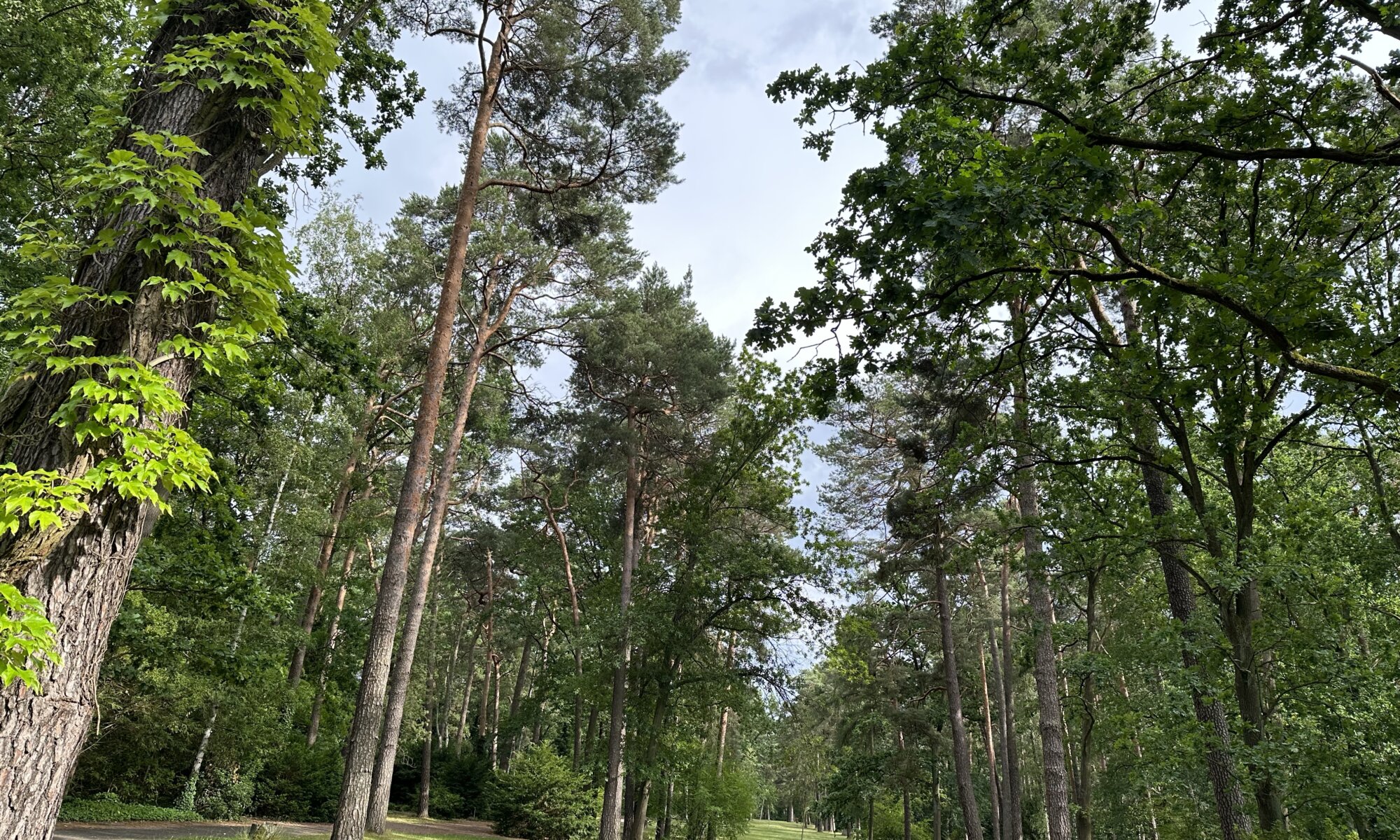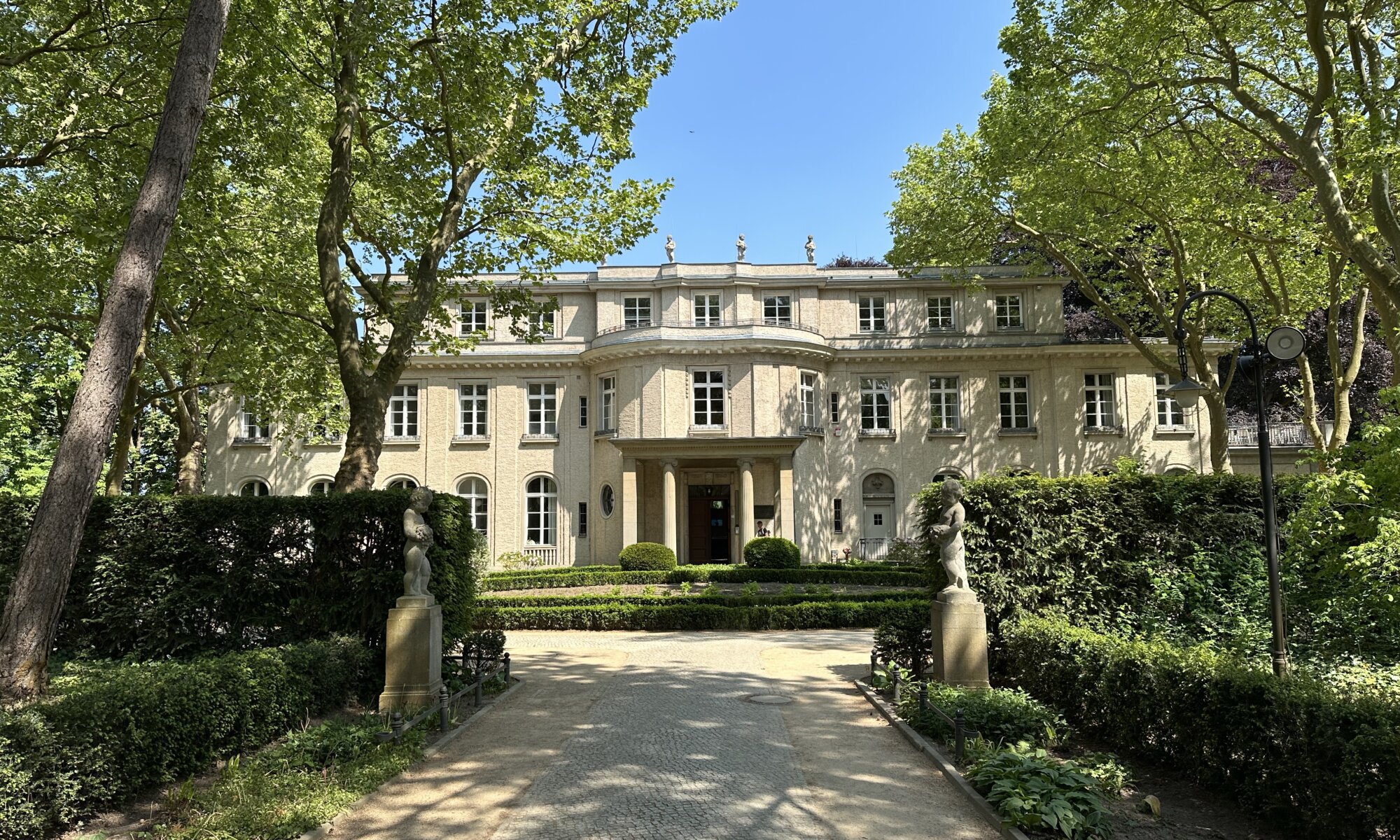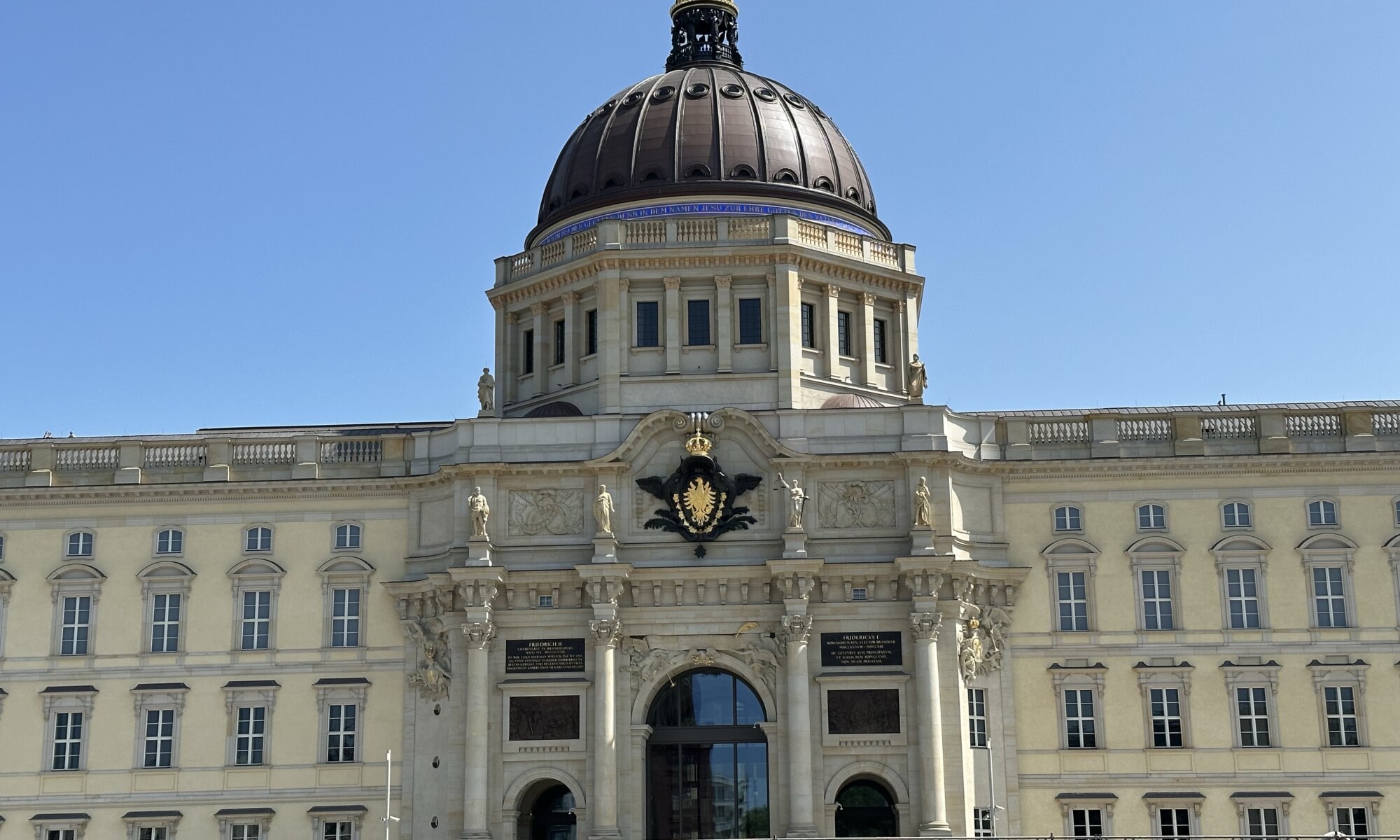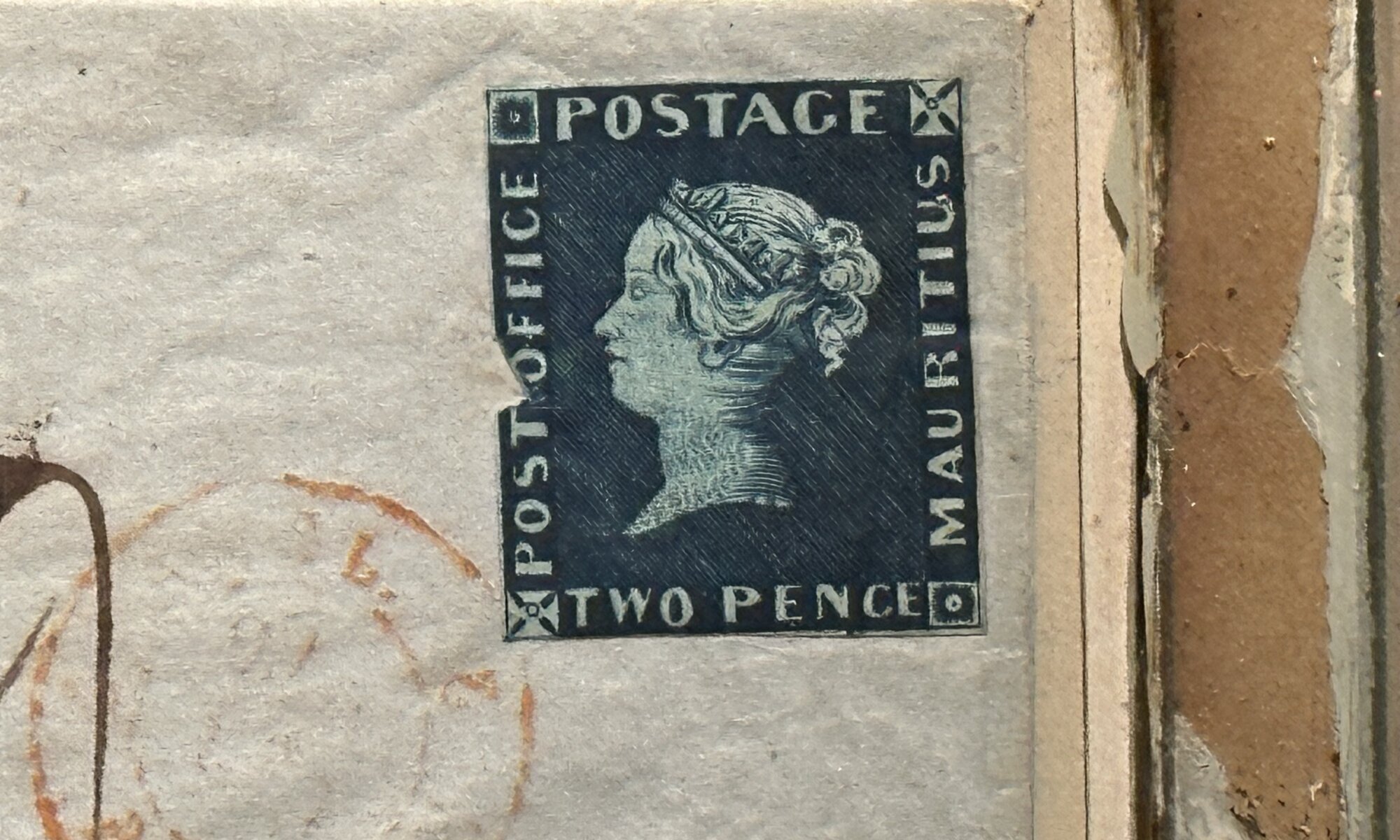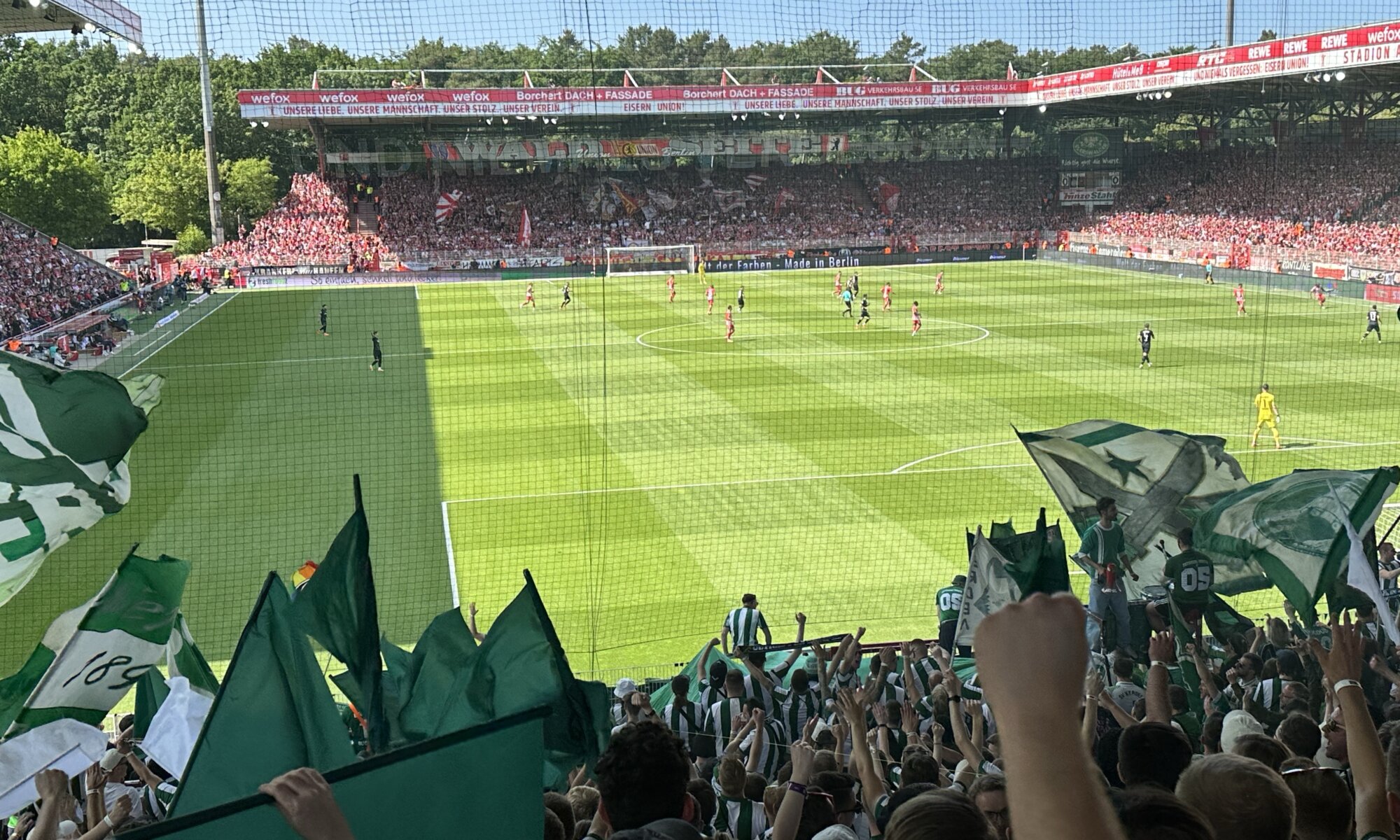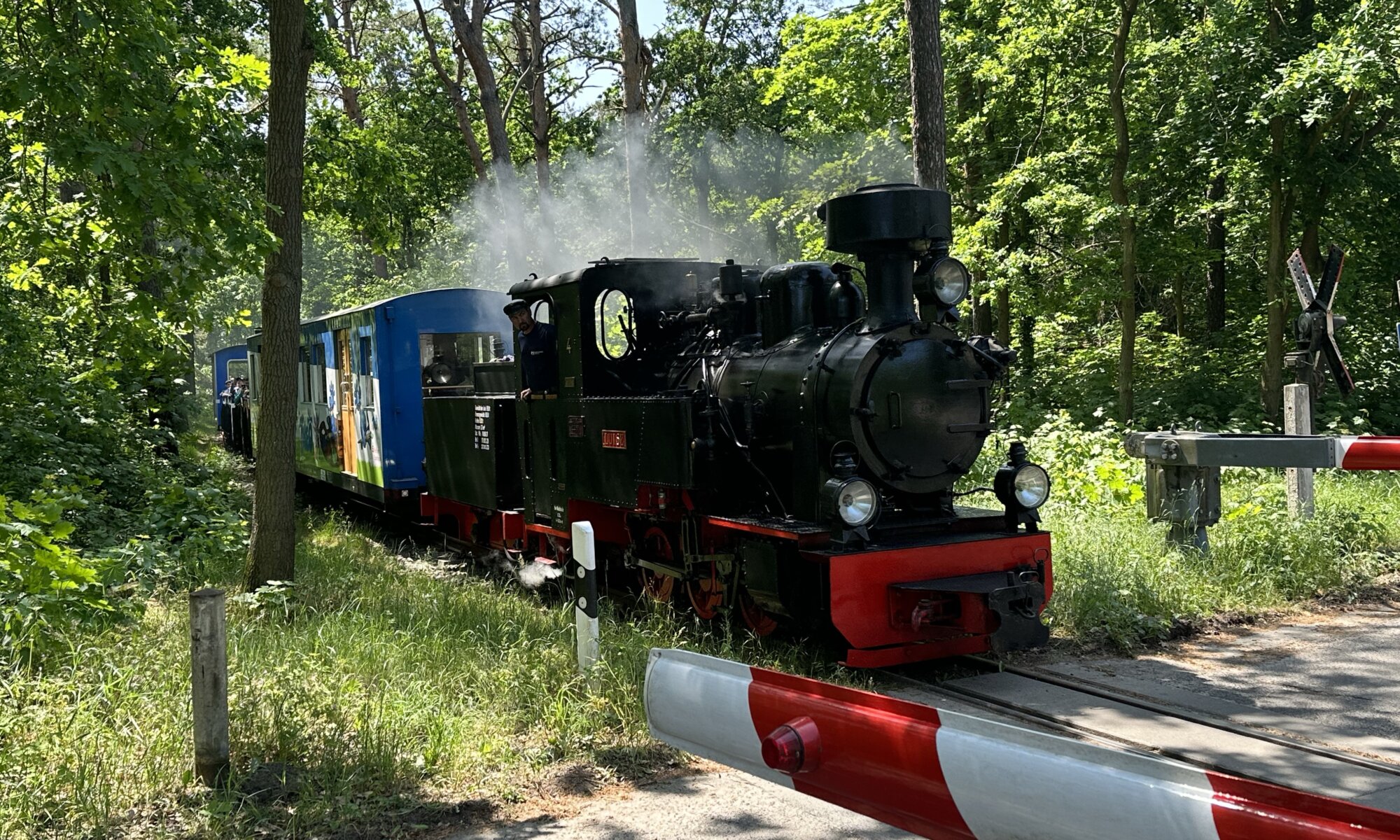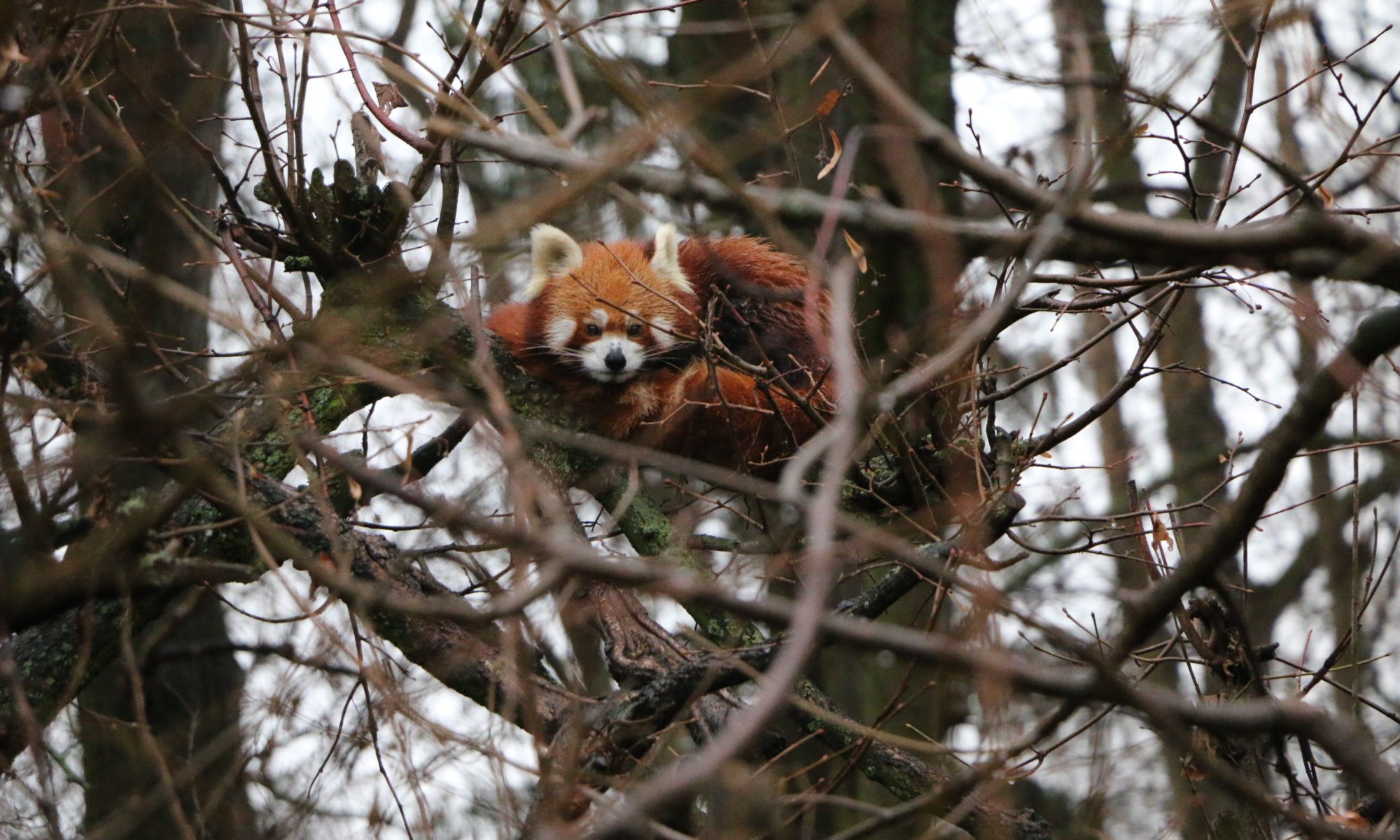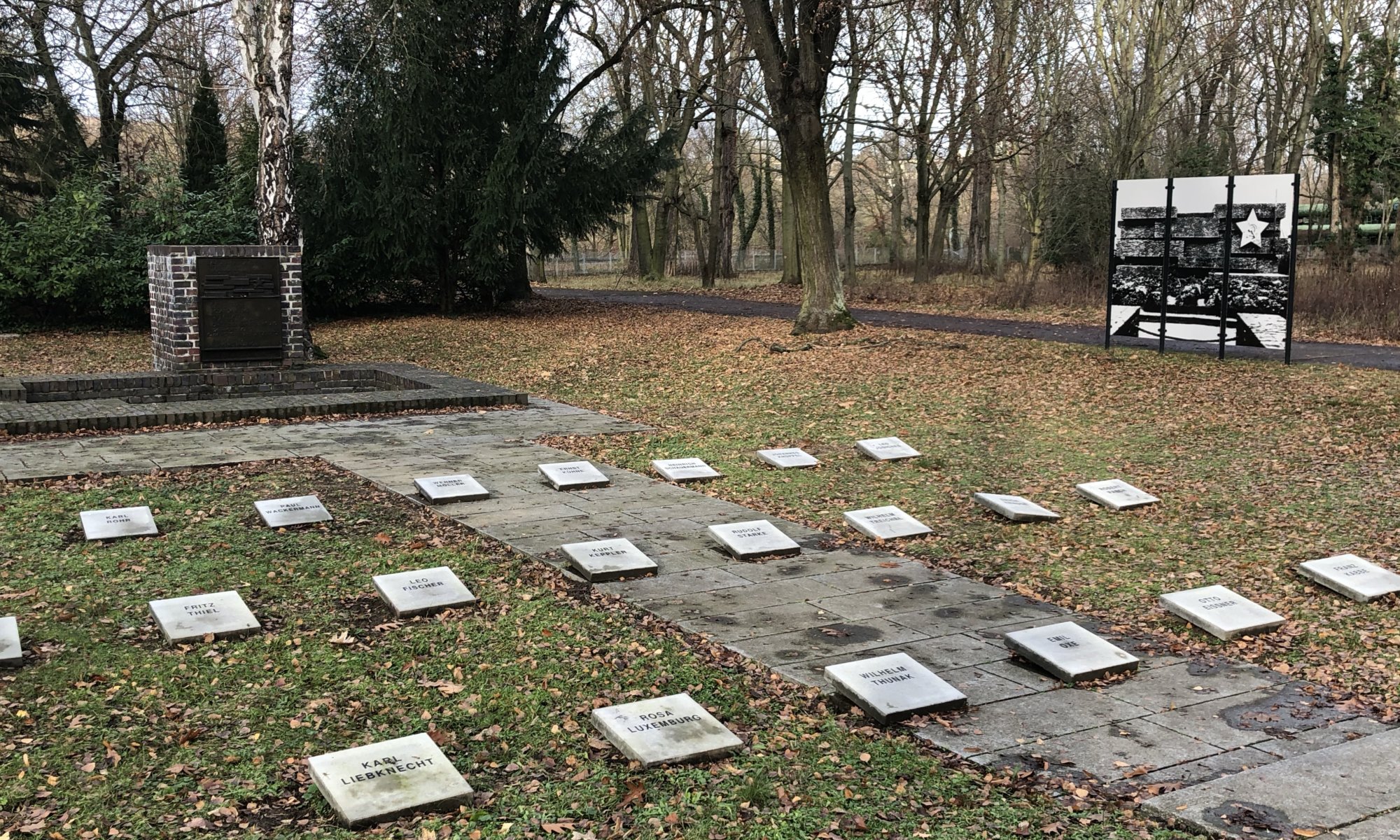Everyone who has ever travelled by highspeed train to Berlin knows Spandau: It is the last stop before you reach Berlin Hauptbahnhof. Not too many tourists leave the train there, but there would be a good reason: the city has one of the oldest fortresses of the high renaissance period, the Zitadelle Spandau. It is located in the northeast of the historic city center within river Havel.
Continue reading “Zitadelle Spandau”Schlachtensee
Berlin has a lot of water in rivers and lakes. The largest lake is the Müggelsee in the East, the one most often used for swimming is the famous Wannsee. Most often considered as the most beautiful lake is the Schlachtensee at Steglitz-Zehlendorf. It has a tubular shape and is often used for swimming due to its good water quality; but you can also have long hikes along its shore or use it for diving or stand-up paddling.
Continue reading “Schlachtensee”Für dich soll‘s rote Rosen regnen
The Waldfriedhof Zehlendorf is a cemetery in a forest belonging to the city quarter Zehlendorf (now Nikolasee) of Berlin, Germany. It was created after World War II and is one of the cemeteries in Berlin where you can find the graves of celebrities which have a strong connection to the city. The cemetery still has the character of a forest and you can enjoy long walks in nice nature; while doing so you will find the graves of personalities like Jakob Kaiser, Paul Löbe, Walter Scheel and Otto Suhr.
Continue reading “Für dich soll‘s rote Rosen regnen”Meeting followed by breakfast
The Wannseekonferenz is a dark moment in German history. It took place on January 20th, 1942 in the Villa Marlier at the Wannsee lake of Berlin. Delegates of different government institutions were invited to a ‘meeting followed by breakfast’ and coordinated the deportation of all Jewish citizens of Europe to extinction camps in the East. The Holocaust itself was already decided by that time, but the conference was used to define the victims and the schedule in more detail; it was the administration of the so called ‘Final Solution to the Jewish Question‘ (‘Endlösung der Judenfrage‘).
Continue reading “Meeting followed by breakfast”Alles nur geklaut
The center of the Museumsinsel in the heart of Berlin has a colorful past: From 1443 on it was the location of the Berliner Schloss (also named Stadtschloss), the seat of the Electors of Brandenburg, the kings of Prussia and later the German Emperors. It was torn down in 1950 by the government of the GDR and on its grounds the Palast der Republik was built, housing the parliament named Volkskammer. This parliament building then was demolished until 2008 to rebuilt the historic Berliner Schloss, now housing museums and carrying the name Humboldt-Forum. A replica of a historic building worth a visit!
Continue reading “Alles nur geklaut”Mauritius blue
The communication museum (Museum für Kommunikation) in the capital city of Germany resides in an amazing ancient building in the city quarter Mitte (Leipziger Straße / Mauerstraße). Its predecessor, the Reichspostmuseum, was opened in 1872; highlight of the building is the six meters high giants statue added in 1895. The current museum is operated by a foundation owned by the German state and financed by the Deutsche Post and Deutsche Telekom. That seems very reasonable because the focus of the collection is the history of mail and telephony.
Continue reading “Mauritius blue”An der alten Försterei
There are not many clubs from the East of Germany who currently play or formerly played in the Bundesliga. The division of the country into FRG (BRD) and GDR (DDR) for some decades still today shapes the scoreboard of the first German soccer league. Since 2016 the artificial club RB Leipzig which is a marketing vehicle for an energy drink producer is present, formerly Hansa Rostock, Energie Cottbus und Dynamo Dresden were there (all of them clubs only few people in the West could relate to). But things are getting better: since 2019 the 1. FC Union Berlin is inside the league. And its story reads like a miracle or fairytale.
Continue reading “An der alten Försterei”Parkeisenbahn Wuhlheide
The Wuhlheide is a forest within the city of Berlin, Germany, belonging to the city quarters Köpenick and Oberschöneweide. It is named after the river Wuhle which runs into the river Spree and formerly formed the border of the forest. The area contains an open air stage and a family recreation center (the Freizeit- und Erholungszentrum, FEZ). This is based on the former usage by the GDR youth organization, the Pionierorganisation Ernst Thälmann. And it contains a former Pioniereisenbahn in the Sowjet tradition; a narrow-gauge railway operated by children and teenagers who had fun while being trained to became a railway worker.
Continue reading “Parkeisenbahn Wuhlheide”Tierpark
In the past, I had visited the Zoologischer Garten of Berlin, Germany, multiple times but I never went to the other zoo of the German capital, the Tierpark Berlin. Maybe it was because it is located in the East of Berlin which I didn’t really visit yet and which still has interesting places left for me to discover. I didn’t expect to much when going there but I could have known that I’m wrong with just finding out that the Tierpark with its 160 hectares is as large as the island of Helgoland. It is the biggest of its kind in Europe.
Continue reading “Tierpark”Revolutionsdenkmal
The Revolutionsdenkmal is a former memorial for the communist leaders Rosa Luxemburg and Karl Liebknecht which have been killed in 1919. It was located on the Zentralfriedhof Friedrichsfelde, a cemetery at Berlin, Germany. Architect Ludwig Mies van der Rohe designed the wall-like memorial in expressionist style using red bricks. The memorial was opened in 1926 but some parts had to be added later and some planned items were never added.
Continue reading “Revolutionsdenkmal”